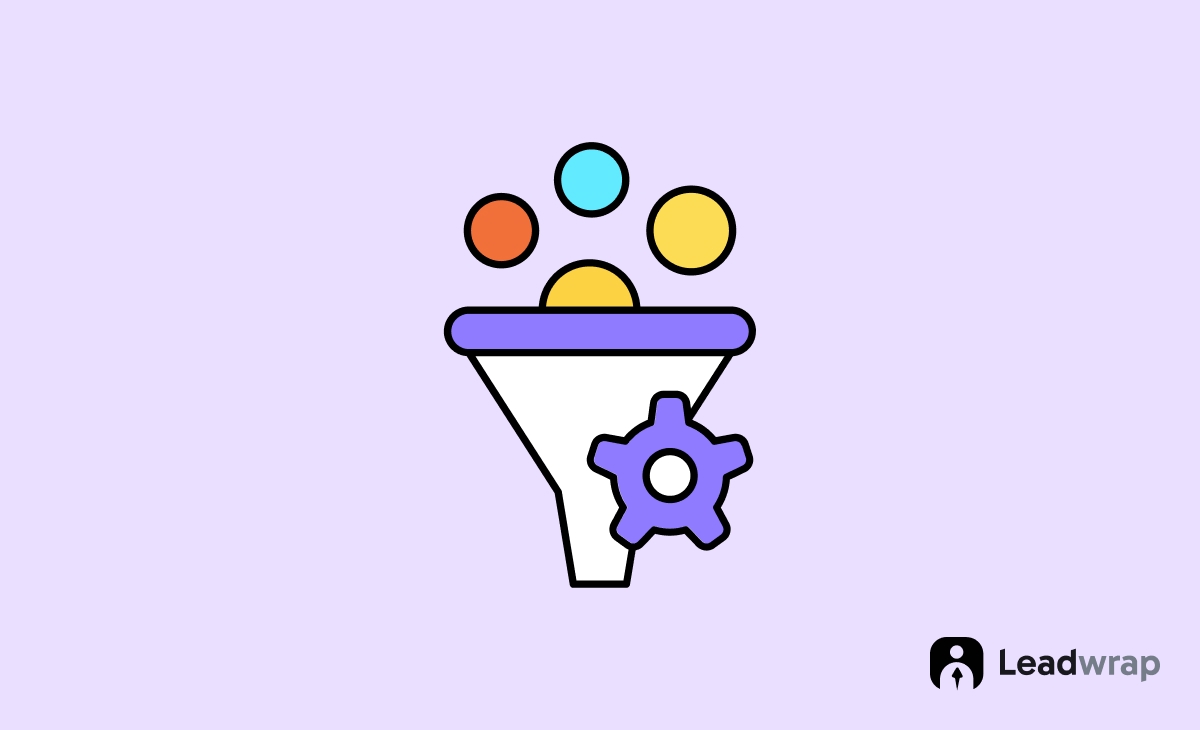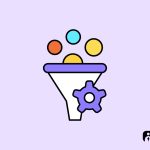
Many white-label SaaS business owners struggle to get enough traffic and leads. It’s tough because you’re selling a product that isn’t fully your own, and you don’t have the advantage of a big, well-known brand behind you. Without the right plan, it’s easy to get lost in a sea of similar services.
This can lead to slow growth, wasted time, and missed opportunities. You might feel frustrated watching competitors pull in leads while your site stays quiet.
The good news? There’s a clear way forward. With the right strategies, you can drive steady traffic, attract the right leads, and grow your white label SaaS business. In this blog post, you’ll learn simple, proven ways to make that happen.
So, without further ado, let’s dig deeper.
Summary Table: Key Strategies
| Strategy | Purpose | Example Actions |
|---|---|---|
| SEO & Content Marketing | Drive organic traffic | Blog posts, keyword optimization, backlinks |
| Social Media Engagement | Build brand and drive traffic | Sharing content, community participation |
| Webinars & Free Trials | Generate and convert leads | Live demos, limited access offers |
| Automated Lead Nurturing | Streamline lead management | Email sequences, CRM integration |
| Social Proof & Reviews | Build trust and credibility | Testimonials, SaaS review sites |
| Partnerships & Influencer Marketing | Expand reach and tap new audiences | Cross-promotions, influencer collaborations |
| Paid Advertising | Accelerate traffic and lead generation | Targeted ads, retargeting |
| Continuous Optimization | Improve results over time | Analytics review, A/B testing |
How to Drive Traffic and Leads to Your White Label SaaS Business
Driving traffic and leads to your white label SaaS business is about more than just getting seen. It means reaching the right people with the right offer at the right time.
i. Nail your unique value proposition (UVP)
Before you chase traffic, get crystal clear on what makes your white label SaaS irresistible. Whether it’s better margins, easier customization, faster onboarding, or niche-specific features — articulate it in one sentence. Every piece of marketing you run should anchor back to this message.
The clearer your UVP, the easier it is for potential partners and clients to see the advantage of adopting your SaaS under their brand. This also sharpens your targeting for ads, SEO, and content.
ii. Focus on niche targeting
White label SaaS thrives in niches where resellers need a ready-made, customizable tool. Instead of marketing to everyone, pick 2-3 verticals where your software solves a very specific problem.
For example, if you’re offering a white label appointment booking platform, target fitness studios, wellness clinics, or personal trainers — and build messaging tailored for each.
iii. Content marketing with authority
Start producing content aimed at both resellers (who’ll white label your SaaS) and their end-users. Think tutorials, guides, webinars, and case studies showcasing how others have profited by reselling your solution.
SEO-optimized blog posts targeting long-tail keywords like “best white label CRM for real estate agents” can drive organic, high-intent traffic consistently.
iv. Build a strong affiliate and reseller program
Make it easy and lucrative for others to promote your white label SaaS. Set up a clear affiliate or reseller program page, outline commission structures, and provide promotional resources (emails, banners, demo accounts).
Actively recruit digital marketers, agencies, and influencers within your niche, offering them incentives for every lead or sale they refer.
v. Paid ads with precise targeting
Leverage PPC platforms like Google Ads and Meta (Facebook & Instagram) Ads to drive traffic fast. Focus on keywords with high buyer intent like “white label email marketing software” or “private label appointment app”.
Retarget website visitors and ad clickers with follow-up ads offering demos, case studies, or limited-time reseller bonuses.
vi. Optimize your website for conversions
Traffic means nothing without conversion. Craft landing pages tailored to your niche prospects with clear CTAs like “Book a Demo” or “Start Reselling Today”. Highlight testimonials, partner logos, and success metrics above the fold.
Add exit-intent popups and live chat to capture visitors before they bounce.
vii. Leverage SaaS directories and product Hunt
Submit your SaaS to platforms like Capterra, G2, SaaSworthy, and Product Hunt. These sites drive targeted traffic from people actively searching for SaaS solutions.
Encourage early clients and partners to leave reviews, boosting your credibility and exposure within those platforms.
viii. Network through webinars and niche communities
Host webinars teaching agencies or marketers how to generate passive income by reselling your white label SaaS. Or show a specific vertical how your tool solves a costly problem.
Participate in niche Facebook groups, Reddit threads, and LinkedIn communities where your target audience hangs out.
What are The Key Metrics to Track for Optimizing Lead Generation in White Label SaaS Business
Generating leads is only half the battle in a white label SaaS business. The real growth comes from tracking the right metrics to optimize every step of the lead generation approach.
Website traffic sources
Track where your traffic is coming from, whether it’s organic search, paid ads, social media, referrals, or SaaS directories. This helps you identify which channels bring the most engaged visitors.
Understanding traffic sources also lets you optimize your budget and time on the platforms that actually deliver leads, not just clicks.
Conversion rate
Measure the percentage of website visitors who complete a desired action like signing up for a demo, subscribing to a newsletter, or joining your reseller program.
A high conversion rate shows your messaging and offer align with visitor intent, while a low rate signals it’s time to rethink your landing pages or lead magnets.
Cost per lead (CPL)
CPL reveals how much you’re spending to acquire each lead from different channels. It’s a vital metric for keeping your lead generation campaigns profitable.
When CPL is too high on certain platforms, it means either the targeting is off or the ad creative isn’t strong enough to convert.
Lead quality score
Not every lead is equal. Track lead quality by scoring leads based on factors like industry fit, company size, or likelihood to convert into a reseller or paying user.
High-quality leads save you time and marketing dollars by shortening the sales cycle and improving long-term retention.
Email opt-in rate
Monitor how well your lead magnets, webinars, or free resources are converting visitors into email subscribers.
A healthy opt-in rate means your offer is appealing, while a low rate might require adjusting the offer’s perceived value or placement.
Demo or trial sign-ups
For SaaS, the number of demo requests or free trial sign-ups directly correlates to serious lead intent. Track these closely to see which campaigns drive hands-on engagement.
You can also compare demo sign-ups to traffic sources to double down on the platforms delivering conversion-ready visitors.
Sales qualified leads (SQLs)
These are leads your sales team considers ready for a pitch. Track the number of SQLs generated, the conversion rate from Marketing Qualified Lead (MQL) to SQL, and their source.
This tells you which campaigns and content aren’t just generating leads but attracting the right kind of prospects who are likely to convert.
Customer acquisition cost (CAC)
Know how much it costs to turn a lead into a paying customer. This metric combines your total marketing and sales expenses over a period divided by the number of customers acquired.
A rising CAC signals inefficiencies in your lead gen process, while a healthy CAC keeps your business scalable and profitable.
Final Thoughts
Growing a white label SaaS business comes with its own set of challenges, especially when competing without a dominant brand name. But with the right strategy, it’s entirely possible to carve out your space, attract qualified leads, and build a profitable reseller network.
The key lies in combining clear positioning with niche-focused marketing, value-driven content, and consistent optimization. By tracking the right metrics and refining your approach based on data, you can turn traffic into loyal partners and steady revenue. Focus on delivering real solutions, nurturing relationships, and continuously testing new tactics. And, you’ll set your white label SaaS business up for long-term, scalable success.




